Caves , Rock Shelters and Larger Open-Air Sites : Is it an Archaeological Site or Not? - Part 2
Caves and Rock Shelters
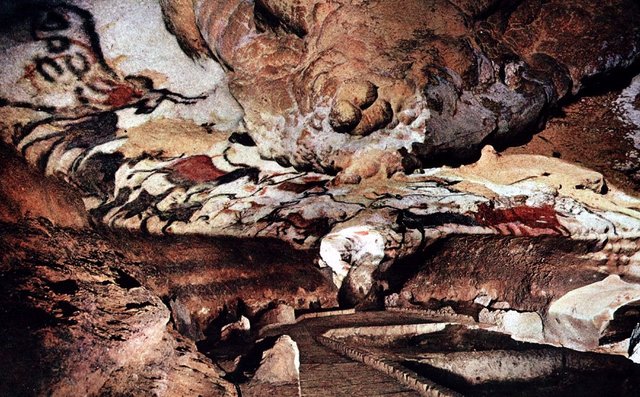
Lascaux France , Caves
To this point we have discussed the type of site in which it is probable that the stone implements found in particular strata were shifted before the formation of those strata. There is less possibility of disturbance in places where the deposit is protected against the effect of weather and particularly of washaways. These conditions are usually found in caves and to a lesser extent, in rock shelters.
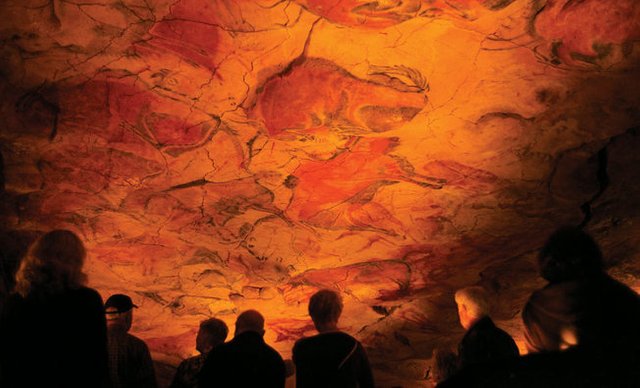
Caves and rock shelters are natural hiding places which were used as dwelling places and lairs by prehistoric people and animals. Usually these caves were inhabited for a certain period only and then abandoned for some reason, only to be reoccupied subsequently either by similar or by totally different groups of people. For this reason we can usually expect to find signs of habitation in the different layers of a cave. Ideally the different layers are separated from one another by sterile layers. Sterile layers may be formed in many ways such as by pieces of rock which (especially in mountain caves) or by alluvial soil (eg: in caves near rivers).
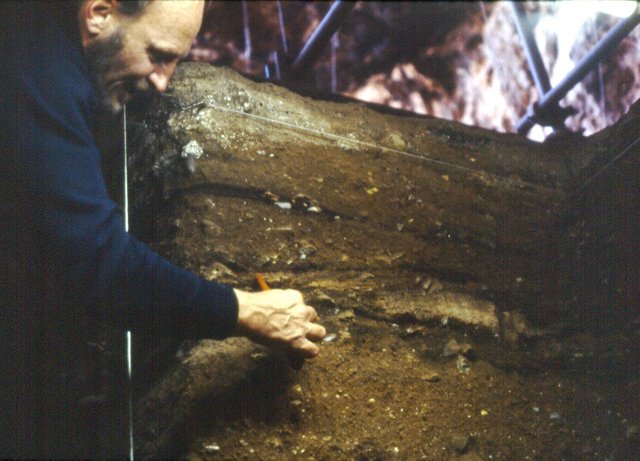
Bloomplaas Caves
Caves situated near the sea are often affected by the action of the tides and alterations in the level of the beach. As the tide comes in marine objects (eg:shells) and sand and are deposited, and these deposits may form sterile layers which separate cultural layers.

Together with the stone implements and other objects, associated finds, such as the bones of wild animals and the relics of sacrifices, are encountered. These data aid the archaeologist in the cultural interpretation of a layer indicating previous habitation. They also assist him/her in the determination of the natural environment and the climate.
The sterile layers are also of great importance in interpretation. For example, an aerolic sand layer tells us that a certain type of climate (a dry one) must have prevailed and that vegetation must have been scarce, since the wind has been able to remove the topsoil.

Stratigraphy at Eland Bay Cave, South Africa
Deposits found in caves are of the greatest importance because the startification of the layers of habitation makes it possible for the archaeologist to correlate other finds according to typological - technological criteria and so establish the relative sequence of various industries.

Le Moustier
Caves containing different layers of habitation are found in Europe in particular. Usually the oldest layer dates from the the period of the Acheulian Industry, some examples being La Rochelle and Le Moustier in Dordogne, France.
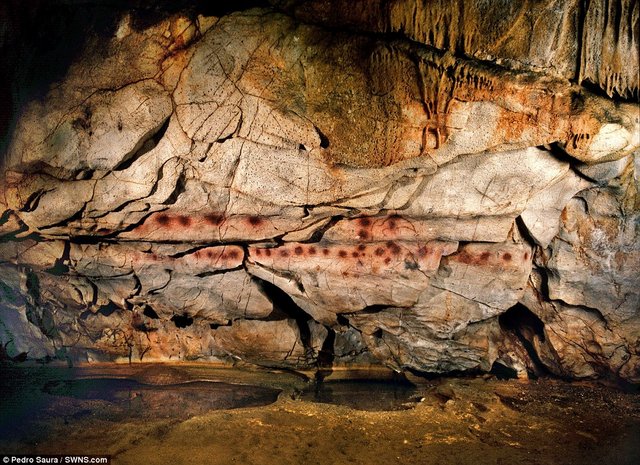
Castillo Cave
The Castillo cave in Northern Spain, for example, contained almost all the different industries of European prehistory. In Africa, too, caves have been found that contain different layers of occupation and traces of different industrial complexes.
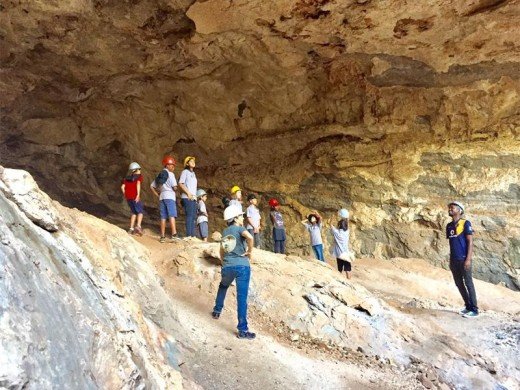
Makapans Cave
Some of the best known are situated in Southern Africa and include the Bambata Cave in Zimbabwe, Makapan's Cave Near Potgietersrus in Limpopo, Klasies River Mouth Cave, Bloomplaas Cave in the Western Cape and Rose Cottage Cave in the Free State.
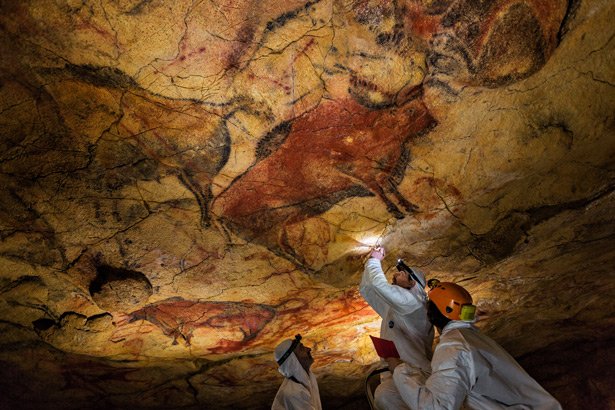
Apart from the stone implements, objects of artistic value are also found in caves. Some examples here are decorations made on objects manufactured from bone, petroglyphs and rock paintings. Although the archaeologist can usually expect to find sealed deposits in caves and a clearly defined stratification, all kinds of climatic conditions must be taken into consideration which might have disturbed the stratification. Rock shelters, in particular, require special caution in this respect.
Larger Open-Air Sites
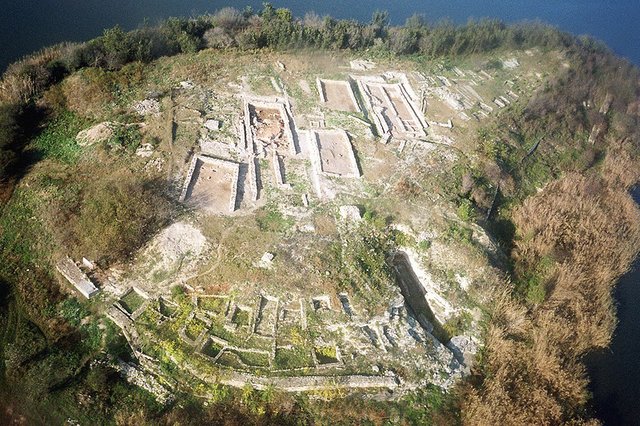
In Palaeolithic (Early and Middle Stone Age) times humans apparently lived in small groups or bands only. Their material culture was fairly simple and they were mainly dependent on hunting and gathering. Large settlements had not yet appeared. It was only during the Neolithic period (New or Later Stone Age) in Europe and in the Near East that human beings began to live together in large groups or to form large settlements. From this period onwards we generally encounter sites where we find fixed monuments with associated movable objects. This enables the archaeologist to describe patterns which date from this period and which become progressively clearer, more colourful and more detailed.

Stone Henge
Most of the deposits of Neolithic period in Europe and Near East are fixed, for example the sites of houses and village settlements, and settlements along the banks of inland lakes, the lake dwellings. Then there are the burial mounds or barrows, shell mounds (kitten maidens), and stone structures such as dolmens, monoliths and stone structures such as dolmens, monoliths and burial chambers. chambers. With the commencement of the Metal Age the deposits became still more extensive and complete burial sites and fortresses were found.
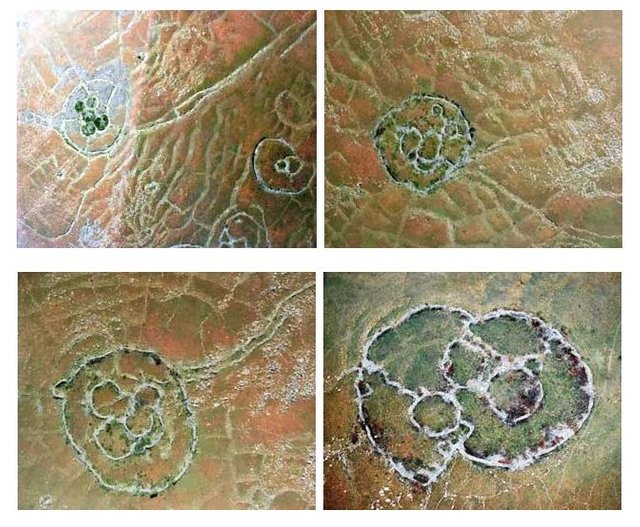
The ruins of Molokwane
The ruins of Molokwane: Molokwane, an 18th century Tswana capital, is one of the largest open-air archaeological sites in South Africa, displaying extensive stone walled enclosures spread over a large surface area.
The same pattern can be observed in Southern Africa. The first extensive archaeological sites date from Iron Age. A good example is Molokwane near Rustenberg in North West Province a site was occupied by a Tswana community (Kwena) from the middle of the eighteenth century AD. This stone walled ruin complex covers an area of approximately 4 to 5 km squared.
Please Follow me for more on Archaeology and History.
Please check out my other posts:
Is it an Archaeological Site or Not? - Part 1
Understanding the Archaeological Record : The Aims and Subject Matter of Archaeology - Part 2
The Aims and Subject Matter of Archaeology - Part 1
Archaeology and the Natural Sciences
Introduction to Ethnographic Analogy and Ethnoarchaeology
The Nature and Scope of Archaeology
The Three - Age System : The Stone Age, The Bronze Age and The Iron Age
The Roots of Modern Archaeology
Significant 18th and 19th Centuries Discoveries in Archaeology
Archaeology as a Profession- Part 2
Archaeology as a Profession- Part 1
To Become or Not Become an Archaeologist? - Introduction to Archaeology Part 2
Please Upvote and Resteem.
Thank You!
This is a really great article. I've been looking through some of your work and I really like your topics. I have a bachelors degree in Anthropology and took some archaeology classes as part of my coursework. I love learning about caves and the historical artifacts found in them. Lascaux is the one I remember the best because one of my professors loved talking about it. Again really great article.
Hi @marxrab. It is really appreciated when a fellow scientist values your work. Thank you very much!
Isn't the Earth amazing? I love the pictures :) When you get the chance, can you check out my latest post? It would mean the world! Thanks! :) https://steemit.com/bitcoin/@parkermorris/get-this-bitcoin-coin-at-a-store-that-accepts-bitcoin
Caves are fascinating. Been inside a few. Wrote a piece on caves in Jamaica at
https://oletimesumting.com/2016/07/12/caves-and-sinkholes-havens-of-freedom-and-deathtraps/